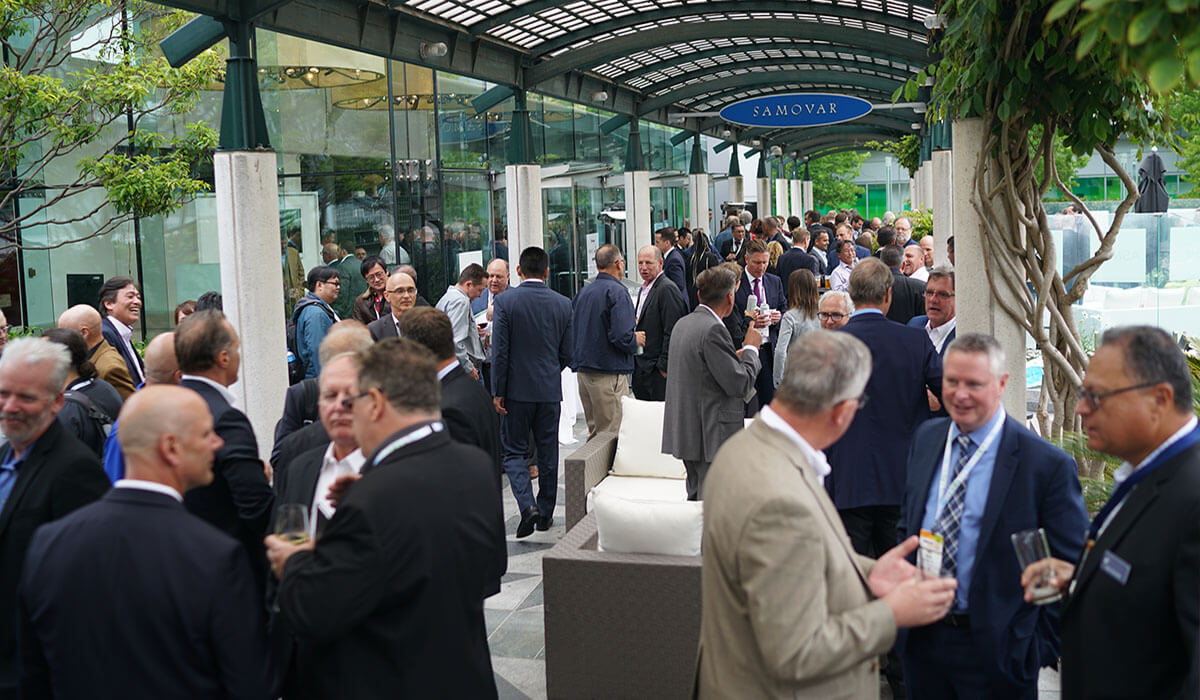The current pandemic is wreaking havoc across the globe and forcing organizations, employees, and volunteers to either cancel events or find ways to do things differently. And wouldn’t you know it; leading up to the 50th Anniversary of SEMICON West, the SEMI organization had to make a call. It decided the show would indeed be a virtual one. (If you haven’t checked it out yet, you should. It’s still virtually going on until Sept. 20, here.)
What Did That Mean For Us?
Each year, Kiterocket creates a physical presence adjacent to SEMICON West. If you’ve attended and tried to grab lunch at the B Bar or Samovar Lounge, you likely have seen us. We take over the whole breezeway across the top of the North Hall (literally, outside and across the top, or roof), including both establishments at either end. We turn this space into hospitality suites for our clients and their customers and partners. And each year on Tuesday evening, we host a very large social gathering—long considered one of the top parties to attend during the show. You’ve probably been a guest at least once! But not this year.
With SEMI’s decision to go virtual, we turned our focus behind the scenes to support those clients who decided to exhibit or sponsor. We also took the opportunity to experience SEMICON West through the eyes of an attendee so that we could advise our clients on how to make the most of virtual events scheduled this year and beyond.
The Virtual Experience
Converting SEMICON West to a virtual event was a large undertaking in a short amount of time, yet SEMI got it done. The virtual platform that SEMI selected, 6Connex, was easy to use for both exhibitors and attendees. There was a familiarity in its layout, organization of information, and click-to-view programming. It was content-rich, had a variety of mediums to consume (videos, PDFs, PowerPoint presentations, related website links), and provided good information. It also provided exhibitors with more detailed metrics than they could get from a physical booth, which was actually a major upside. Here, we look more closely at what worked, what didn’t, and how to enhance your next virtual experience.
The Good
Logging in to the event was pretty straightforward, easy, familiar. You enter a “lobby” that faces the entrance to the Expo Hall (Figure 1). From here, you could access the Keynote Stages and Pavilions. The open areas were stickered with logos of upper-tier sponsors. Each sponsor logo linked directly to its virtual booth. This was good.
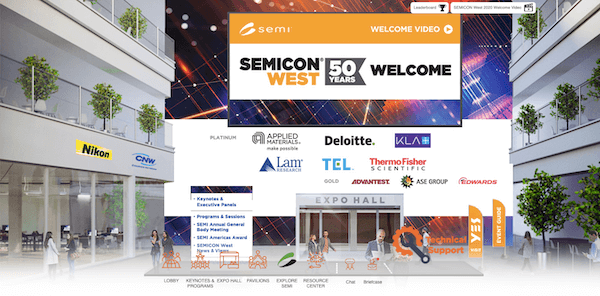
A banner signposted exhibitor categories with links to exhibitor lists. Also good. The view was a still-background shot that felt “open” and had static images of people “walking” about the area. Not the crowds we’re used to seeing; but OK.
The inside of the Exhibit Hall is designed to look like the show floor, with a few people to one side. Across the middle of the page is a list of 38 clickable topics, as well as another 10 links to different “Pavilions.” This was very straightforward and easily navigable.
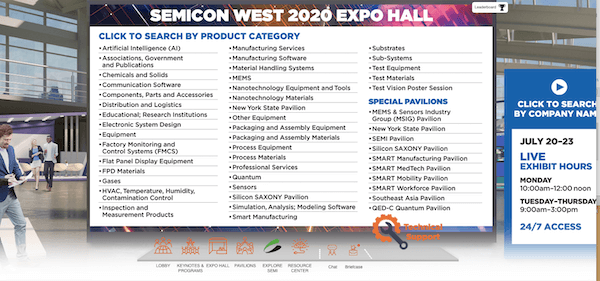
Clicking on a topic popped up a window of all the companies representing goods and services in that area. Clicking on a company name brought you to its virtual booth, where you could click on a few different areas to access content and learn about the company and its featured products.
The booth design options were limited, but a training course was offered to exhibitors prior to the event to help them customize their environment. Different booths offered different types and amounts of content. All easily accessible. All right in front of you. All ready to visit on your own timetable. No traveling, no “walk the floor” time, no uncomfortable conversations trying to get information … just content waiting for you. And a lot of it. There was also the opportunity to text-chat with booth staff during the live event. All good.
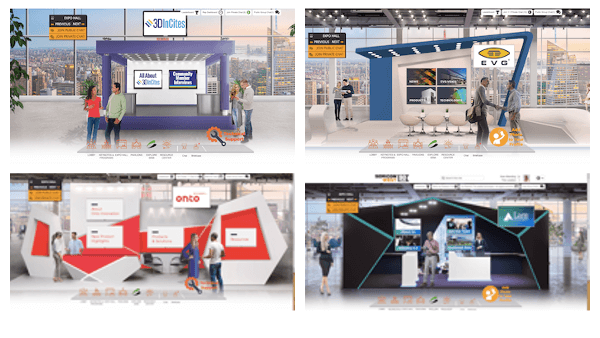
What I found most enjoyable, however, was viewing the video presentations and talks, as well as some of the product/company-level videos and presentations. Many were really well done.
The Not So Good
Well, there is a downside to how this played out. I’m a brand development guy, and I definitely noted some areas for improvement.
Brand visibility was decent for the top-tier sponsors. But with no physical booth on-site (as in previous years), there was no opportunity to express the brand and create a physical, emotive experience for visitors and passersby. The virtual environment offered a small selection of virtual booth designs to choose from. Because of this, everybody looked the same, save for their simple choice of a main color and company logo.
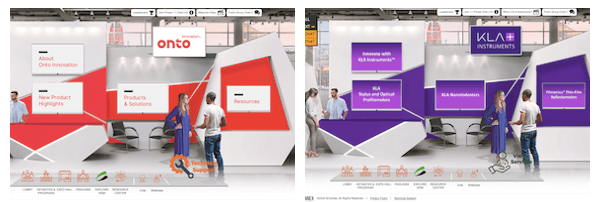
While the booth options seemed to offer some depth, they appeared mostly flat. Interestingly, regardless of the booth choice, each company was provided with at least two content “screens” for presentations, product and company information, or web links. Depending on your exhibitor package, and how much you’re willing to spend, more could be added. Just like the physical show.
The content areas provided companies the opportunity to share what they thought was important for this event. Perhaps a video chat application would have improved the networking experience. But given the timing, it was admirable that virtual booths were even available.
What I was hoping to see was some level of customization and more branding opportunities in and around the booths. I also wanted to see more interesting videos and presentations. This was an opportunity for exhibitors to create a new type of experience, but many missed the mark. (Again, with the caveat that exhibitors had even less time than SEMI to rethink their show plans.)
I was also wanting to see something more dynamic on the landing page of the Expo Hall. Perhaps adding a layer (additional click) and just listing two items like “Topics” and “Pavilions” on the landing page would have allowed more room for some other activities there—perhaps even interactive experiences. It also would have opened up the area for more graphics.
Enhancing Your Next Virtual Experience
It’s easy to be a critic in hindsight. SEMICON West was the first of what will likely be many virtual events happening in our industry this year, and perhaps beyond. So how do we improve on this experience and make it richer and more sophisticated?
For the host organization, it begins with evaluating platform providers and selecting one that suits the needs of your members, attendees, and budget. I recommend conducting a survey to find out what elements are the most critical.
For those who participate as speakers, it’s more important than ever to create dynamic presentations that will captivate an easily distracted audience that is likely to be participating from work, while trying to multitask.
For exhibitors, it’s important to create the most compelling content for your booth in the form of videos and presentations—digital content is more important than ever before. It’s also important for booth staff to be proactive and engage with booth visitors.
Lastly, it’s absolutely critical to promote your presence at the event before and during the show through social media engagement using the handy tools provided by SEMI, as well as email campaigns, boosted posts, and more. In a virtual expo, you can’t rely on foot traffic. You have to lure visitors by making sure they know you’ll be there, then making it easy for them to find you, and finally, providing them with an enhanced experience while they’re visiting.
Because of the pandemic, virtual events are here to stay. As much as we all love our annual get-together at SEMICON West and other events, it’s important that we learn how to use the tools that are available to us and make the most of them. We’re here to support those efforts. And when SEMICON West returns as a live event, we’ll be ready to toast your success at the Kiterocket Lounge once again.




